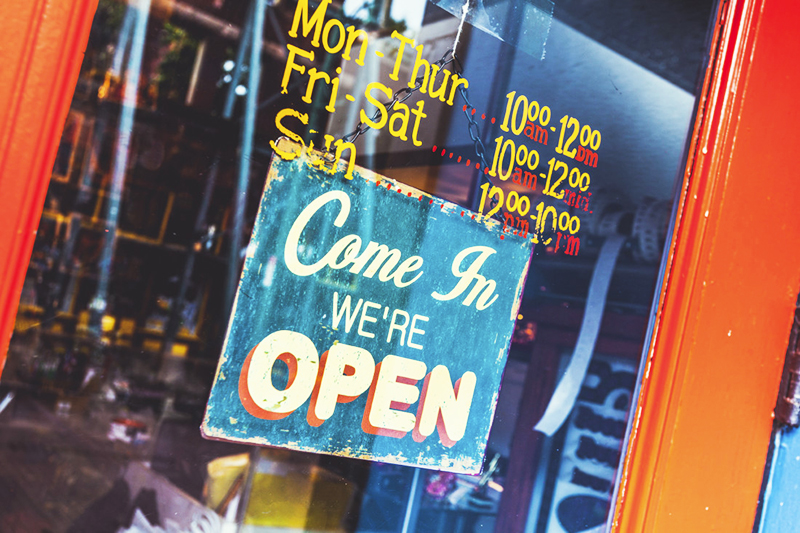GDP growth hits 4.9% in Q3,with surging exports
GDP was up 4.9% y/y in Q3, a rise of 1.7 pps from Q2, but still 1.1 pps lower than in Q3 2019. Industrial output was up 5.8% y/y in Q3, up 1.4 pps from Q2, and up 0.8 pps from Q3 2019.
Investment was up 8.8% y/y, up 5 pps from Q2, and up 4.1 pps from Q3 2019, with investment in manufacturing rising fastest, by 9% y/y, up 10 pps from Q2. Retail sales of social consumption goods were up 0.9% y/y, and up 4.8 pps from Q2 -- and their real growth rate was -0.4% y/y.
CPI was up 2.3% y/y in Q3, down 0.4 pps from Q2. In particular, CPI rose only 1.7% y/y in September, an accelerated decrease. Producer prices fell less. The ex-factor price index of industrial goods fell -2.2% y/y, up 0.9 pps from Q2. PPI rose 1.2% m/m. It fell -2.7% y/y, up 1.7 pps from Q2.
The societal financing scale increased 46% y/y, driven by booming government bond issuance. The main financial indicators have stable or slightly increasing growth rates. At the end of Q3, M2 was up 10.9% y/y, down 0.3 pps from June. Household savings rose 13.9% y/y, down 0.4 pps from June. M1 was up 8.1% y/y, up 1.7 pps from June.
Despite the global pandemic, and the still ongoing U.S.-China trade war, exports are surging, and rose 10.2% y/y, up 5.7 pps from Q2, and up 6.3 pps from Q3 2019. The Chinese share of world exports also climbed, to 20%, from 13.1% in 2019, and 12.8% in 2018. Specifically, exports to the United States rose 19.2% y/y. Imports increased 4.3% y/y, up 10.1 pps from Q2.
The RMB has been appreciating against the dollar since June. On October 26th, the RMB had appreciated 6.7% compared to its value at the end of May. However, the magnitude is still too small to have sizable impacts on trade.
The export surge can be attributed to China’s good pandemic control, and its economy’s high resilience. Based on these two factors, we expect exports will remain in good shape in the near future.
Strong rebound, even without a major stimulus
GDP rose 3.2% y/y in Q2 -- a remarkable performance amid global pandemic. In June, industrial output was up 4.8% y/y, and up 0.4 pps from May, though has still not reached the pre-pandemic level, and was down 1.1 pps from Q4 2019. Investment, mostly driven by state investment, was up 5.6% y/y, up 1.7 pps from June and down 0.2 pps from Q4 2019.
Retail sales of consumption goods fell -1.8% y/y in June, up 1 pps from May. Exports rose 4.1% y/y in June, achieving positive growth for three consecutive months, averaging 4.5% y/y, higher than the growth rate of H2 2019. Imports were up 6.2% y/y, turning positive for the first time.
The ex-factory price index of industrial products fell -3% y/y in June, and PPI fell -4.4% y/y, up 0.7 and 0.6 pps from May, respectively. CPI slightly rebounded, rising 2.5% y/y, up 0.1 pps from May, and increased 0.4% y/y, after removing the seasonal factor.
The main financial indicators were still strong in June. M2 rose 11.1% y/y, the same rate as in May. The still-increasing adjusted M1 rose 7.3% y/y. Savings deposits from non-financial institutions were up 13.2% y/y.
The market has seen a steady increase in money market rates since early May, and the highest 10-year sovereign bond yield in five months. And although People’s Bank of China Governor Yi Gang signaled a fresh liquidity injection two weeks ago, it is taking an unusually long time to be delivered. We expect the strong growth rebound has made monetary loosening exit early. This is partly in order to avoid asset bubbles, in line with the recent housing price surge in major cities like Shenzhen, where housing prices have risen 20% over the past two months, and as seen in the stock market rally.










